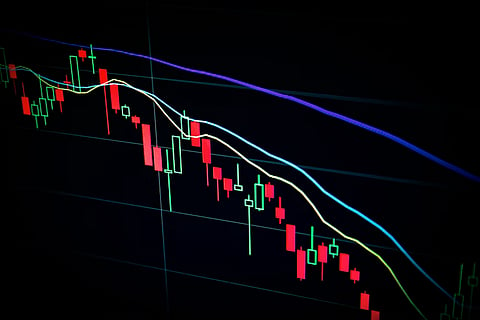By: Joniel Suezo
Thanks to smart software, mobile applications, worldwide connectivity, and the general growth of digital technology, online stock trading is much easier and more accessible to almost anyone who is interested nowadays. However, if you don’t have sufficient, prior experience and knowledge, generating a reliable income from day trading can be difficult.
Not to be confused with long term stock investments, day trading is a more complex, professional trading format, predicated on generating daily net profits. While there will always be a learning curve to day trading, the following info should help flatten that curve a bit.
The Effect of Holidays on the Stock Market
Numerous things affect the stock market, but only a few of them can be relied upon to remain a consistent factor. The most important local and international holidays are categorized as consistent factors which affect the local and the international stock markets every year.
Also, you need to mark all upcoming stock market holidays for the US market separately on your calendar. These are holidays on which the US stock market will remain closed, meaning that no day trading will be possible on any of those days. They will coincide with some of the year’s biggest general holidays, but the list of days when the stock market stays closed is much shorter.
Learn the 3 Basic Intraday Strategy Building Methods
There are several different day trading strategies, and you will eventually learn most of them with experience. However, if you are only just starting out, it is advisable to start with the three core strategy building techniques used in day trading.
Scalping - Powered by visual data analytics and modern AI, scalping strategies are built to scalp profits from even the tiniest of price differences in the stock market. Visual data based interpretations from moving average convergence/divergence (MACD) charts and candlestick charts play key roles in devising a scalping strategy fit for day trading.
Trading Range – The “range” in trading range designates:
1. The period (or range) of time that’s allocated to the day trading strategy.
2. The lowest (support) and the highest (resistance) price of the chosen stocks, as seen within that time range.
The trading range strategy is highly reliant on AI-assisted derivations of technical indicators.
News Based – News based day trading strategies are created to take advantage of the stock market’s volatility on big news days. While there is certainly potential here, the scope may not be as great as the other two. Which is why news based strategies are used more commonly as short term alterations to an existing day trading strategy to maximize big events.
Limit Orders Over Market Orders
There are two primary order types used to enter/exit a day trade and when you are starting out, it is best to focus on limit orders, rather than market orders. The trader gets to set their own execution limits, ensuring that they don’t start or end a session with an unacceptably high negative difference.
If set limits are not achieved at the end of that session, the shares are retained for the next session. Market orders will be auto executed within the session, helping you buy/sell at the best possible price at that time. However, “the best possible” might very well be too low for the order to be profitable at that time.
If you are wondering why high frequency Trading (HTF) was not mentioned, that’s largely because it’s not the best strategy for beginners or even small traders. It’s an entirely automated day trading strategy where several extremely resource heavy computers are simultaneously used by enterprise grade trading AI systems. They conduct numerous bulk transactions per second to constantly generate profits from day trading.


